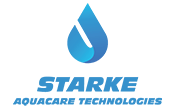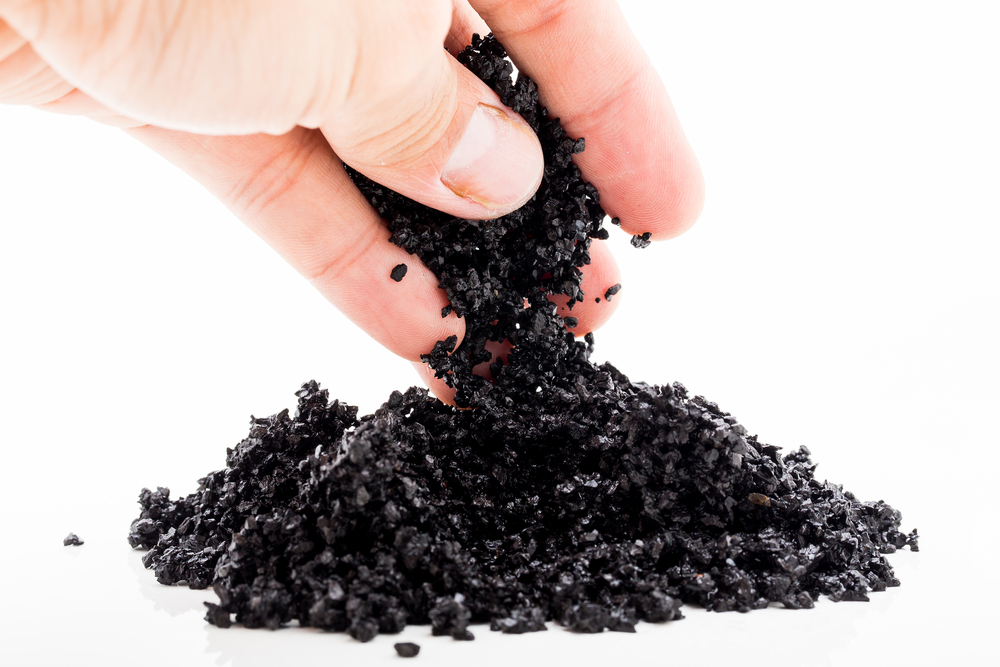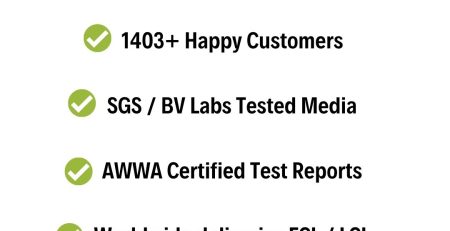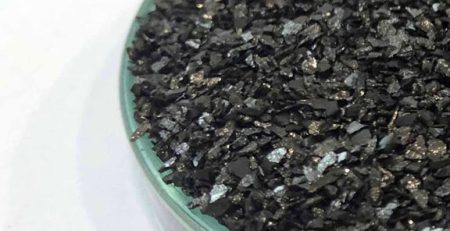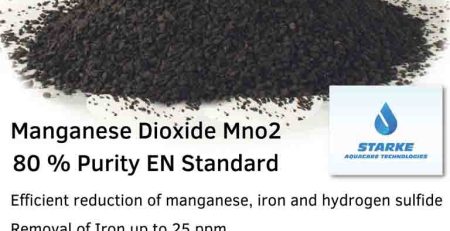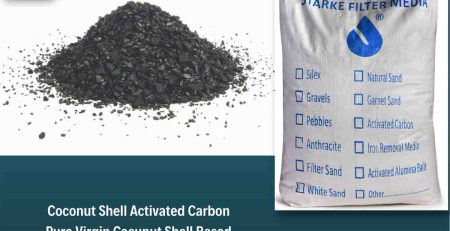From Savings to Setbacks: The Truth About Reusing Activated Carbon in Filters
Introduction
In the realm of maintaining clean and healthy environments, filter systems serve as a shield against airborne and waterborne contaminants. Among these filtration methods, activated carbon stands out for its exceptional adsorption capabilities. However, the practice of incorporating spent or used activated carbon in filter systems, often seen as a cost-saving strategy, can lead to a range of adverse effects that compromise system performance and reliability.
Negative Effects of Utilizing Spent Activated Carbon
- Reduced Filtration Efficiency: The capacity of spent activated carbon to adsorb contaminants is significantly diminished, resulting in reduced filtration efficiency. This degradation undermines the core purpose of activated carbon – capturing and retaining pollutants.
- Contaminant Re-Release: A notable concern when using spent activated carbon is the risk of re-releasing previously adsorbed contaminants back into the filtered air or water. Disturbances or variations in temperature and pressure can trigger the release of these pollutants, contradicting the very goal of filter systems.
- Inconsistent Performance: Filter systems are designed for consistent performance over time. Incorporating spent activated carbon disrupts this predictability, as the carbon becomes saturated with contaminants. This leads to erratic filtration efficiency and unexpected variations in filtered output quality.
- Cross-Contamination Risks: Spent activated carbon may have previously captured a diverse range of contaminants. If these contaminants differ from the target pollutants, the risk of cross-contamination emerges. This can inadvertently introduce new pollutants instead of eliminating them.
Pressure Drop and Reduced Flow
Filter systems using spent activated carbon experience increased pressure drop, resulting in reduced airflow or water flow rates. The presence of spent carbon creates resistance within the system, affecting overall efficiency.
Conclusion
While using spent activated carbon in filter systems might appear cost-effective, the drawbacks overshadow the immediate benefits. In scenarios where consistent and reliable pollutant removal is crucial, fresh activated carbon is a clear choice. While specific circumstances might warrant using spent activated carbon, carefully evaluate potential consequences against perceived advantages. In the journey towards cleaner air and water, prioritizing lasting filter system effectiveness and dependability remains paramount.
